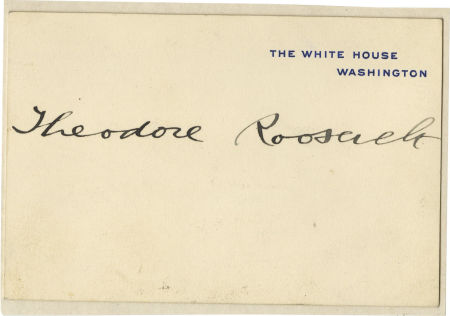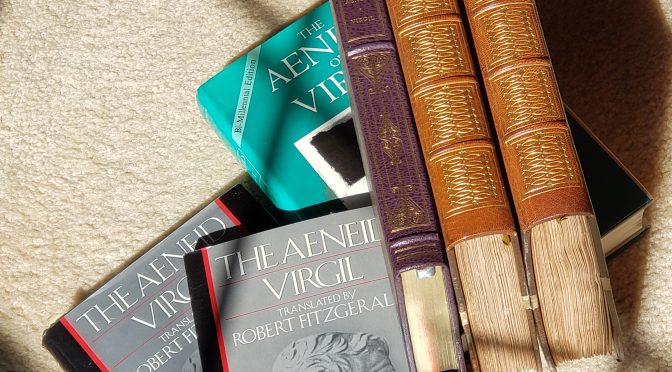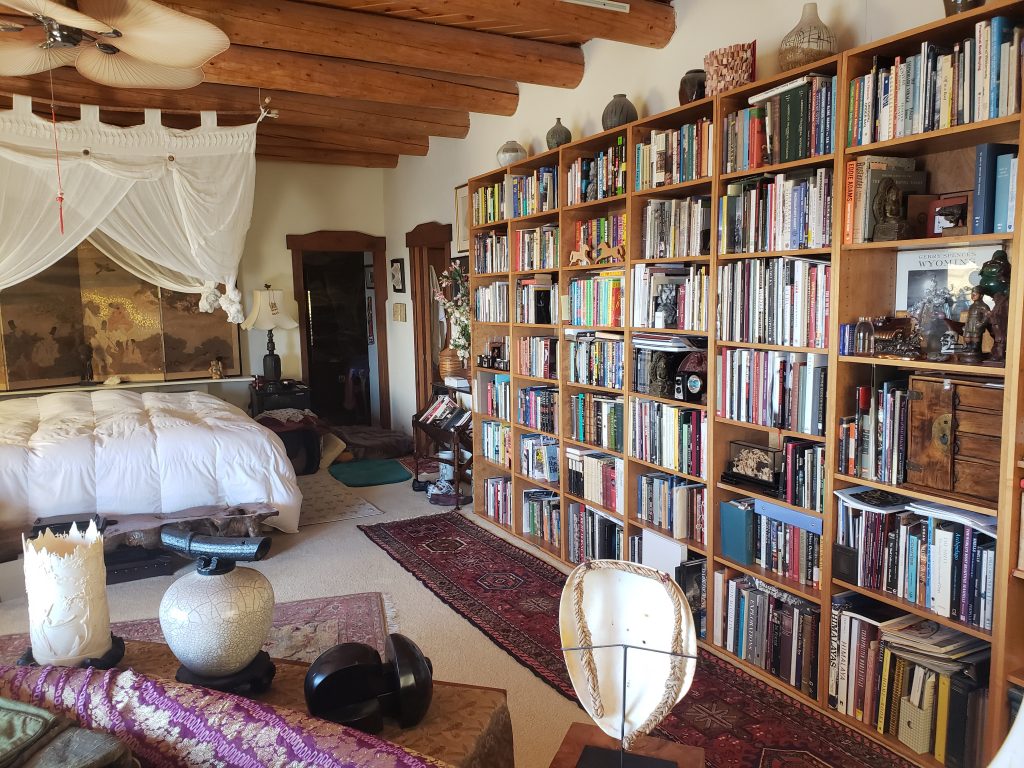In my post about The Aeneid last week I did not include a photo of the actual shelves with books from early authors (Aeneid, Gilgamesh, Dante’s Inferno, The Iliad, etc.) because I had already included two overall images and I thought those enough.
Below is the photo I took but did not use.
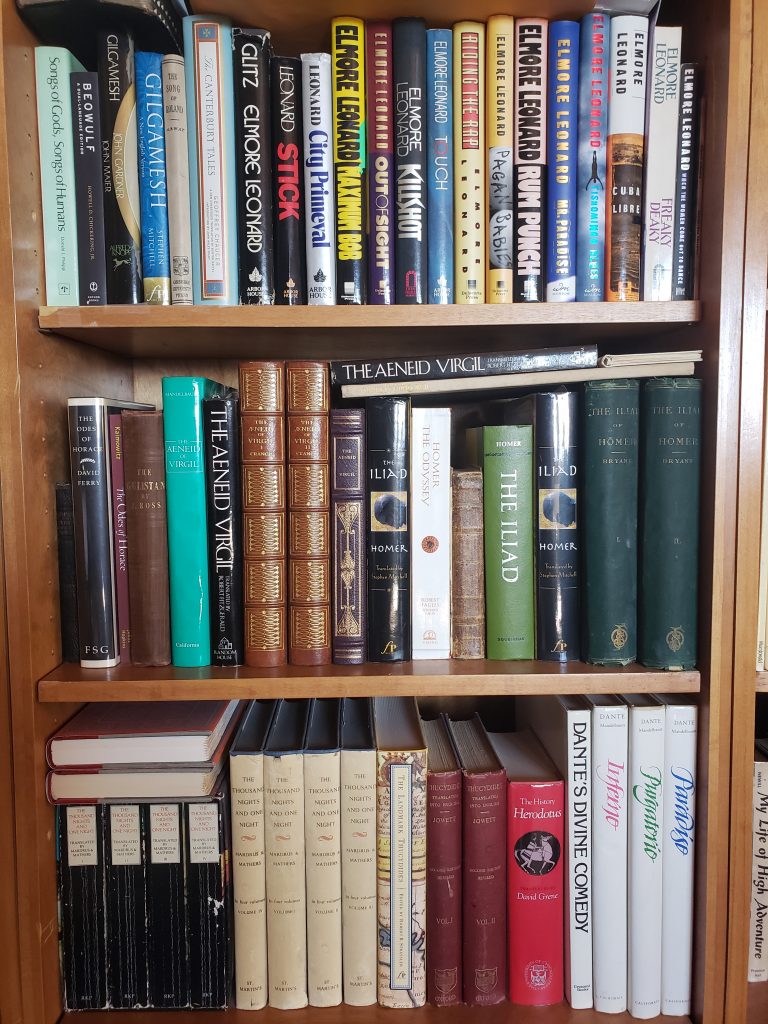
One of the reasons, aside from having already included two pics for my Aeneid post, was that the books of Elmore Leonard intrude onto these shelves. This is the inevitable result of owning more books than shelves – tho it is certainly a lesser evil than books stacked and strewn around the house higgledy-piggledy.
The volumes of Leonard sit below those of Dick Francis, Carl Hiaasen, Robert Parker and Walter Mosley in the vertical stack of this shelf unit. It is the case with my guilty pleasure: mystery novels. Like the shelves with William Boyd, Bruce Chatwin, Robertson Davies, Peter Matthiessen, Thomas McGuane, V.S. & Shiva Naipaul, Salmon Rushdie and a few others whose work I collect, most of the books are autographed to me. Leonard had a long career and began by writing Westerns including Three-Ten to Yuma (3:10 to Yuma). I cannot recollect another writer who had as many of his novels turned into movies, sometimes twice!
For the smart-assed among you, the early writers grouping (‘early’ as in Herodotus) does not contain signed books (well, aside from a few modern editors of these works). Likewise my collections of anthropology and evolution are bereft of signatures except for a few letters.
Getting authors to autograph one’s books or a sheet of paper is an interesting custom. I used to have a nice little letter from Darwin’s son, Francis, answering a fan who wanted Darwin’s signature. Francis lamented he had already given away all those he had inherited. I sold the letter to the great scientist, writer and collector Stephen Jay Gould.
The act of collecting has been the subject of those writing both fiction and non-fiction; Sigmund Freud tackled the subject. He believed it sprang from the conflict of unresolved toilet training. (What a shit that shrink was, altho he did collect antiquities.) Balzac, John Fowles and Bruce Chatwin covered the conflict zone. Mozart continues to entertain us with his opera Don Giovanni and collecting of a different sort: sexual conquest. The psychoanalyst Werner Muensterberger in his engaging work Unruly Passion was onto something and he ought to have known: he collected African art as a youth but lost everything to the Germans in WWII, coming to America with $100 and a mask he sold to Rockefeller. He was an example of people who cannot be held down and his practice came to include patients like Danny Kaye, Laurence Olivier, James Dean and Marlon Brando. Muensterberger maintained a correspondence with many of the great names of the century: Thomas Mann, Mary Wigman, Pablo Picasso, Sigmund Freud, Constantin Brancusi, Walt Disney, Albert Einstein and others.
The list of those exploring the psyche of collecting goes on and on but I love John Steinbeck’s simple explanation: “I guess the truth is that I simply like junk.” Which brings up hoarding – but that is another foible altogether.
One of the favorite items on my shelves is this sheet of text sent to me by Elmore Leonard, ‘Rules to write by’. He originally published it in The New York Times. It is a hoot to read and he gave it to me as a Thank You for showing him a published bibliography of his works that he did not know about – or authorize.
of the favorite items on my shelves is this sheet of text sent to me by Elmore Leonard, ‘Rules to write by’. He originally published it in The New York Times. It is a hoot to read and he gave it to me as a Thank You for showing him a published bibliography of his works that he did not know about – or authorize.One of the favorite items on my shelves is this sheet of text sent to me by Elmore Leonard, ‘Rules to write by’. He originally published it in The New York Times. It is a hoot to read and he gave it to me as a Thank You for showing him a published bibliography of his works that he did not know about – or authorize.
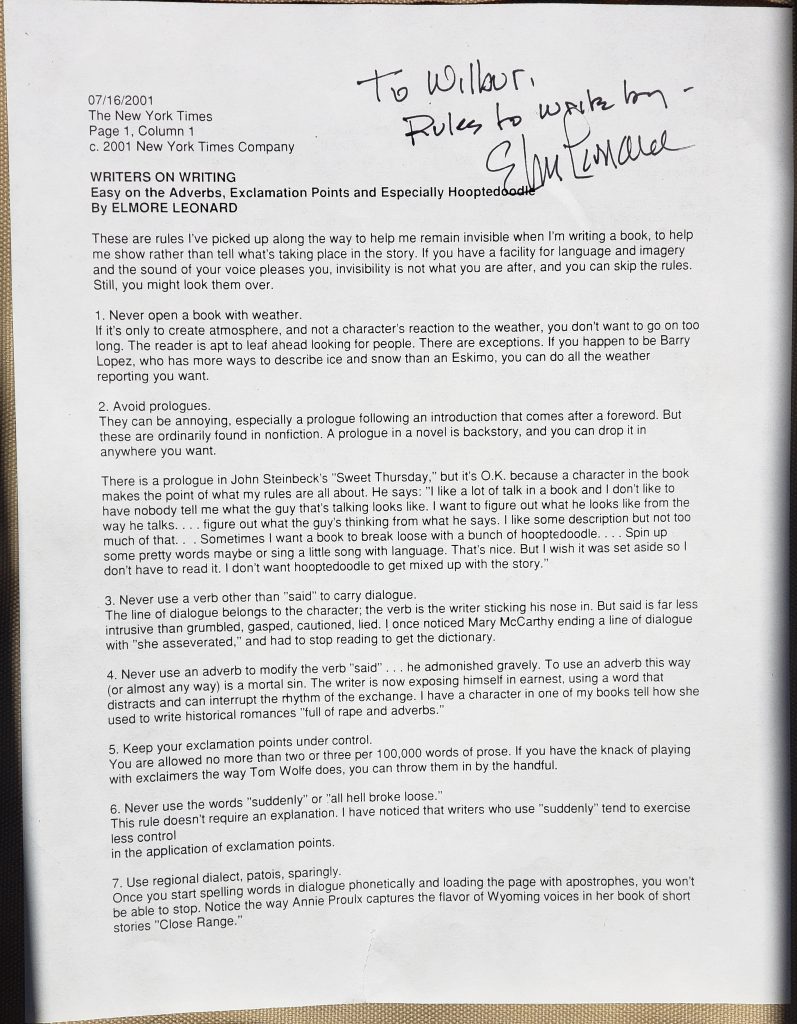
I have had many spectacular books, letters, manuscripts and signatures through the years. I am looking for a great photograph to go with the the signature, below. It is Teddy Roosevelt’s and is special because, prior to his presidency, The White House was called The Executive Mansion. Here he has signed a ‘White House’ card!
